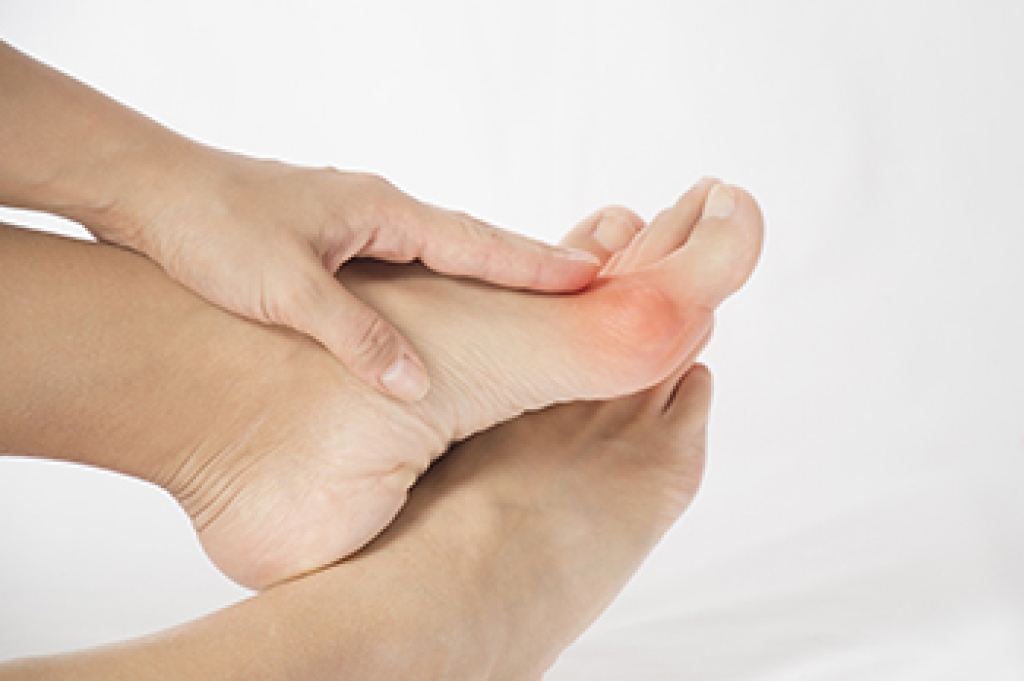
Bunions and gout share similarities in their impact on the big toe. Both are characterized by pain, swelling, and redness, often leading to walking discomfort. However, they possess fundamental differences in origin and treatment. Bunions are localized foot deformities, while gout is a systemic issue resulting from excessive uric acid production. Bunions arise from genetic or structural foot anomalies and are impacted by footwear, while gout stems from hyperuricemia triggered by purine-rich foods. The location, sensation, and causes of each condition diverge. Bunions appear as bony protrusions at the big toe joint, while gout predominantly affects the big toe but also other joints. Gout attacks involve excruciating pain, heat, and tenderness, while bunions cause discomfort through structural changes. Diagnosing these conditions involves various tests, with gout requiring a more extensive evaluation to rule out similar conditions. Gout is confirmed through medical history, physical examination, uric acid blood tests, joint aspiration, and imaging. Bunion diagnosis involves physical assessment and X-rays. Gout management focuses on acute attack relief through lifestyle changes and medications to control uric acid levels. The initial treatment of bunions includes wearing proper footwear, taping, and arch supports. If you are having pain or discomfort in your big toe, it is suggested that you make an appointment with a chiropodist for a proper diagnosis and appropriate treatment.
Bunions progressively worsen over time and may cause walking in your shoes to become difficult. To learn more about bunions, please consult with one of the chiropodists from The Footcare Centre. Our chiropodists will assess your condition and provide you with quality foot and ankle treatment.
What Are Bunions?
A bunion is a bony bump that protrudes from the base of the big toe. Bunions are caused due to a misalignment of the first metatarsal. The characteristic bump of a bunion forms when the metatarsal shifts outwards from its proper position. Bunions develop slowly over time and progressively worsen without treatment. The skin over the bunion may develop calluses due to the friction from shoes. Eventually, a bunion can make walking uncomfortable or even painful. Bunions are one of the most common foot deformities and are especially common in women and older adults.
Symptoms
A bunion appears as a bulging bump on the outside of the base of the big toe.
The bunion may also:
- Be swollen, red, or sore
- Develop corns or calluses over it
- Cause pain
- Limit the big toe’s range of motion
Treatment
There are several different treatments available for bunions. Conservative treatment options include wearing shoes with a wider toe box, cushioning the bunion with a specialized pad, wearing shoe inserts, icing the bunion if it becomes inflamed, and taking medications to relieve pain. In more severe cases, more invasive procedures may be done. This may involve removing the swollen tissue around the bunion, straightening the big toe, realigning the bones at the front of the foot, or a combination of these procedures.
If you have any questions, please feel free to contact our office located in . We offer the newest diagnostic and treatment technologies for all your foot care needs
